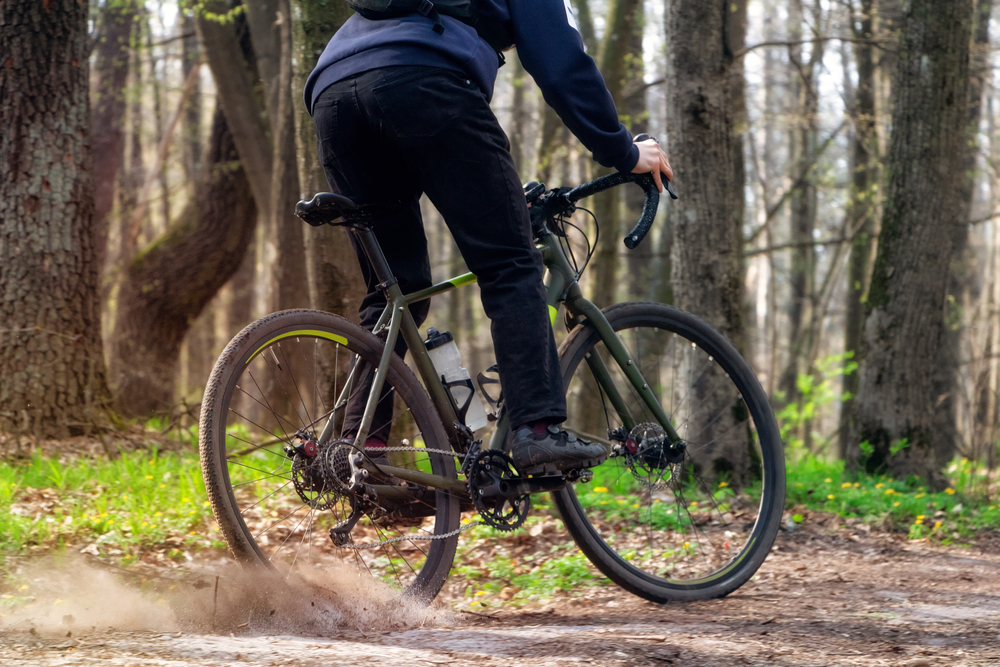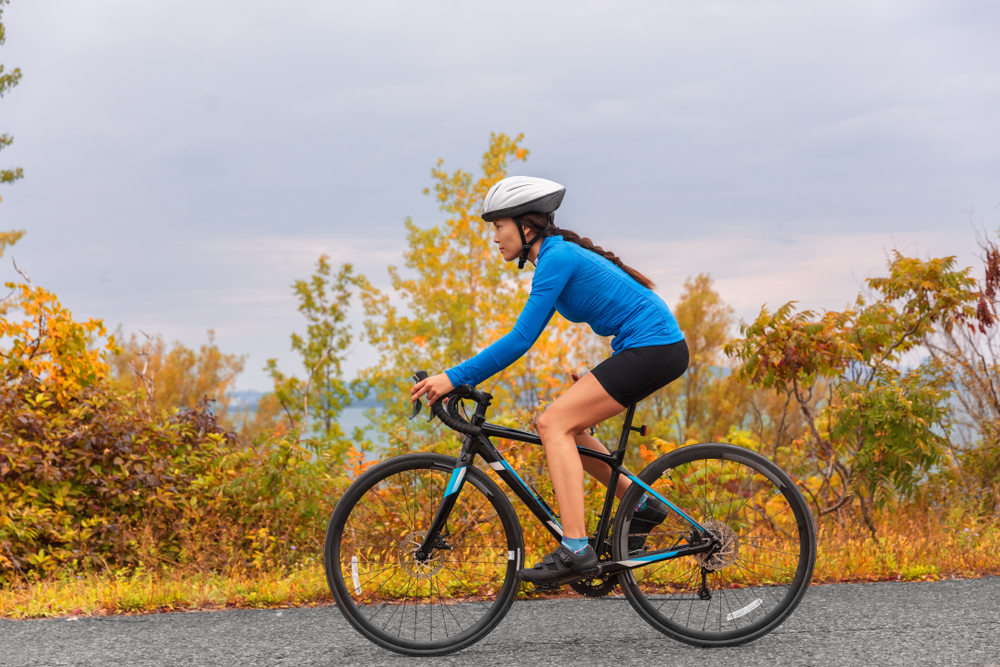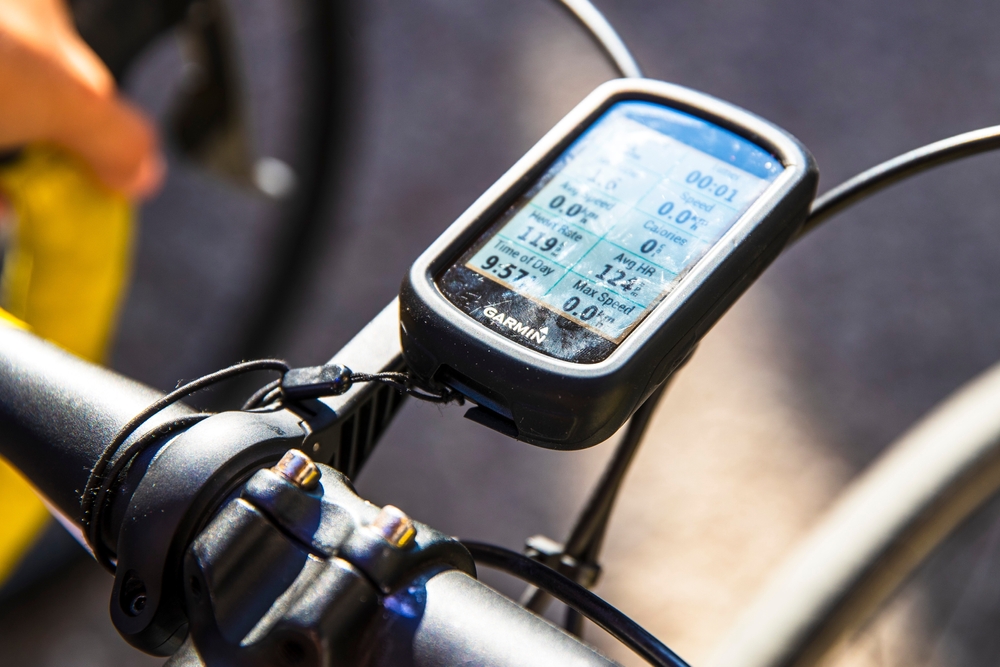Biking
Biking: A Comprehensive Guide
Biking serves as both a recreational activity and a reliable mode of transportation. This form of exercise offers a variety of benefits, ranging from physical fitness to environmental sustainability.
Health Benefits
Engaging in regular biking can improve cardiovascular health. It strengthens the heart and lungs, increasing overall stamina. Biking is a low-impact activity, making it easier on the joints compared to running. This is especially beneficial for individuals with arthritis or those recovering from injuries.
Besides physical health, biking positively impacts mental well-being. It reduces stress and anxiety levels. The activity encourages the release of endorphins, chemicals in the brain that promote feelings of happiness and relaxation. Thus, it can serve as a natural mood enhancer.
Environmental Advantages
Biking is an eco-friendly alternative to driving. It produces zero emissions, unlike cars which contribute to air pollution. Reduced car usage translates to fewer greenhouse gases released into the atmosphere. This helps combat climate change and contributes to cleaner air in urban areas.
Cycling also reduces noise pollution. Using bikes instead of motor vehicles makes cities quieter. This enhances the quality of life for residents and workers in bustling urban centers.
Economic Benefits
Biking is a cost-effective transportation method. The initial investment in a bike and necessary equipment is relatively low. Maintenance costs are also minimal compared to car repairs and gasoline expenses. Parking is generally free, unlike car parking which can be costly.
More infrastructure dedicated to cycling can spur economic growth. Bike lanes and paths enhance local businesses as cyclists often stop to shop or eat. This boosts the local economy and supports small businesses.
Types of Bikes
- Road Bikes: Designed for speed and efficiency on paved roads. They have lightweight frames and narrow tires.
- Mountain Bikes: Built for off-road cycling. They feature robust frames, thick tires, and suspension systems to handle rough terrain.
- Hybrid Bikes: Combine features of road and mountain bikes. Suitable for both paved and unpaved paths.
- Electric Bikes: Equipped with a motor to assist with pedaling. Ideal for long commutes or hillier terrains.
Essential Gear
Wearing a helmet is crucial for safety. Helmets protect the head in case of accidents, reducing the risk of serious injury. Cycling gloves improve grip on the handlebars and provide cushioning to reduce hand fatigue.
High-visibility clothing enhances safety, especially in low-light conditions. Reflective jackets or vests make cyclists more visible to drivers. Proper footwear is also important. Stiff-soled shoes provide better power transfer to the pedals, improving efficiency.
Bike lights are essential for night riding. Front lights illuminate the path ahead, while rear lights make the cyclist visible to others on the road. A bike lock is crucial for security. It protects against theft when the bike is left unattended.
Maintenance Tips
Regular maintenance keeps a bike in optimal condition. Checking tire pressure frequently ensures a smooth ride and prevents flats. Lubricating the chain reduces friction and extends its lifespan. It’s important to keep brakes adjusted for maximum safety.
Cleaning the bike regularly prevents dirt and grime from affecting performance. Using a soft brush and mild detergent helps avoid damage to delicate components. Regularly inspecting the bike for any wear or damage allows for timely repairs.
Common Biking Routes
Urban bike paths provide a safe and convenient way to navigate cities. These paths are usually separated from motor vehicle traffic, reducing the risk of accidents. Many cities are expanding their network of bike lanes to accommodate the growing number of cyclists.
Off-road trails offer a different experience. They range from easy paths suitable for beginners to challenging trails for experienced riders. These trails often pass through scenic landscapes, providing a chance to enjoy nature while biking.
National parks frequently have designated bike routes. These paths often offer breathtaking views and a chance to encounter wildlife. However, it’s important to follow park regulations to preserve the natural environment.
Participating in Biking Events
Many communities host biking events that cater to different skill levels. These events range from casual group rides to competitive races. Joining these events provides an opportunity to meet fellow cyclists and share the enjoyment of biking.
Charity rides are popular for raising funds and awareness for various causes. Participating in these rides supports charitable organizations and contributes to the community. They often cover picturesque routes, making the ride enjoyable and rewarding.
Bike festivals celebrate the culture of biking. They feature activities such as bike shows, workshops, and product showcases. These festivals promote cycling and encourage more people to take up the activity.
Biking for Commuting
Commuting by bike offers several advantages. It’s a cost-effective and efficient way to navigate through traffic. Biking can also be faster than driving in congested urban areas.
Employers can support bike commuting by providing secure bike parking and shower facilities. Some companies offer incentives, such as financial reimbursements or additional vacation days, to employees who bike to work.
Investing in a good-quality commuter bike makes the daily ride more comfortable. Features such as fenders, panniers, and lights enhance the commuting experience. Proper planning and route selection can make biking to work a hassle-free routine.
Safety Tips
Following traffic laws is essential for safe biking. Cyclists should adhere to the same rules as motor vehicles, such as stopping at red lights and yielding the right of way. Using hand signals helps inform other road users of intentions, such as turning or stopping.
Wearing appropriate gear improves safety. A helmet can prevent head injuries in case of accidents. High-visibility clothing and lights make the cyclist more visible, particularly during low-light conditions.
Being aware of the surroundings enhances safety. Keeping an eye out for obstacles, other vehicles, and changing road conditions allows for proactive responses. It’s also important to avoid distractions, such as using a phone while biking.
Biking and Touring
Bike touring offers a unique way to explore different regions. It combines the adventure of travel with the benefits of biking. Touring can be as simple as a weekend trip or as ambitious as a cross-country journey.
Planning is vital for a successful bike tour. This includes selecting a route, determining daily distances, and arranging accommodations. Carrying essential gear, such as repair kits, hydration packs, and weather-appropriate clothing ensures preparedness.
Touring bikes are designed to handle long distances and heavy loads. They have sturdy frames, comfortable saddles, and multiple gears to navigate varied terrains. Panniers and trailers can be used to carry luggage, making the journey more manageable.
Virtual and Indoor Biking
Advances in technology have made indoor biking more engaging. Smart trainers and virtual cycling platforms, such as Zwift, offer interactive experiences. Riders can simulate real-world routes and compete with others from the comfort of their home.
Indoor cycling classes remain a popular form of exercise. These classes provide structured workouts led by instructors in a group setting. They focus on improving endurance, strength, and overall fitness.
Using stationary bikes at home or at the gym offers a convenient way to stay active. Many models come with built-in screens displaying workout metrics and virtual rides. This makes indoor biking sessions more enjoyable and effective.
Biking Culture
Biking is deeply embedded in certain cultures. In countries like the Netherlands and Denmark, it is a primary mode of transportation. Cities in these countries have extensive bike-friendly infrastructure, encouraging residents of all ages to cycle.
Bike-sharing programs have gained popularity worldwide. These programs provide an affordable and convenient way to use bikes for short trips. Users can pick up a bike at one location and drop it off at another, facilitating easy travel within cities.
There is a strong sense of community among cyclists. Local clubs and online forums offer spaces for riders to connect, share tips, and organize group rides. This camaraderie enhances the overall biking experience.
Cycling and Children
Teaching children to bike from an early age encourages a healthy lifestyle. Biking helps develop balance, coordination, and motor skills in young children. It also promotes active play and exploration.
Using child-specific bikes and safety equipment is crucial. Helmets, knee pads, and elbow pads protect young riders from potential injuries. Training wheels can assist in learning balance before transitioning to two-wheeled bikes.
Family biking activities strengthen bonds. Parents and children can explore trails, parks, and neighborhoods together. This fosters a love for outdoor activities and physical fitness from a young age.
Professional Biking
Professional biking covers various disciplines, including road racing, mountain biking, and BMX. Athletes in these fields compete at national and international levels. This requires intense training, dedication, and specialized equipment.
Competitive biking demands a high level of physical fitness. Cyclists often follow rigorous training programs to build strength, endurance, and speed. Nutrition plays a critical role in maintaining peak performance.
Races and competitions often draw significant audiences. Events like the Tour de France attract worldwide attention, celebrating the sport’s challenges and triumphs. These events inspire many to take up cycling, either recreationally or competitively.
Advocacy and Policy
Advocacy groups play a key role in promoting biking. They campaign for better infrastructure, such as bike lanes and safe routes. These groups also work on raising public awareness about the benefits of cycling.
Government policies can greatly impact the biking landscape. Investments in bike-friendly infrastructure encourage more people to cycle. Implementing policies that prioritize cycling can lead to safer, healthier, and more sustainable communities.
Many cities have implemented bike-sharing programs and car-free zones to promote cycling. These initiatives reduce traffic congestion and improve air quality. Such measures illustrate the potential of policy to foster a cycling culture.






